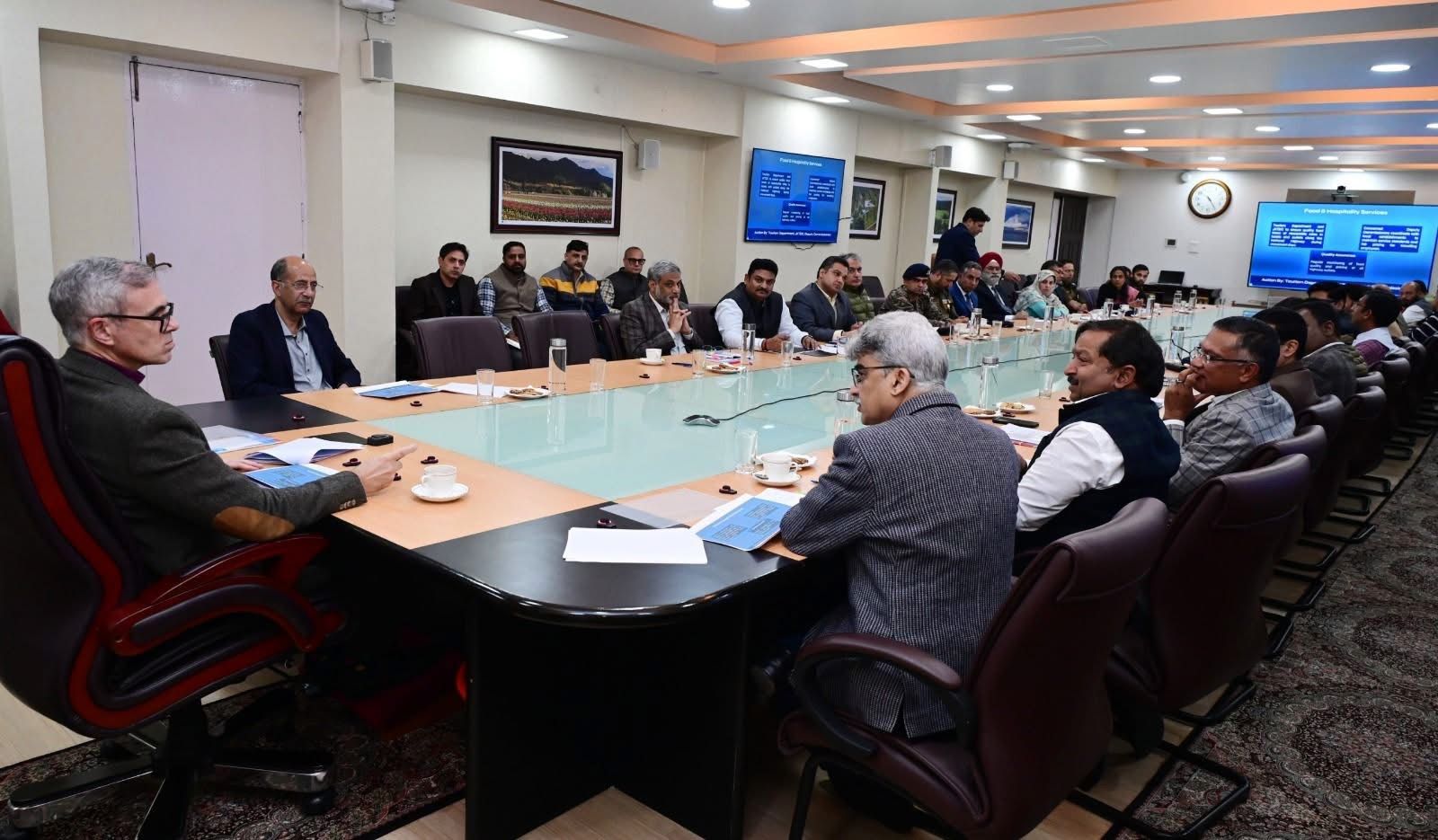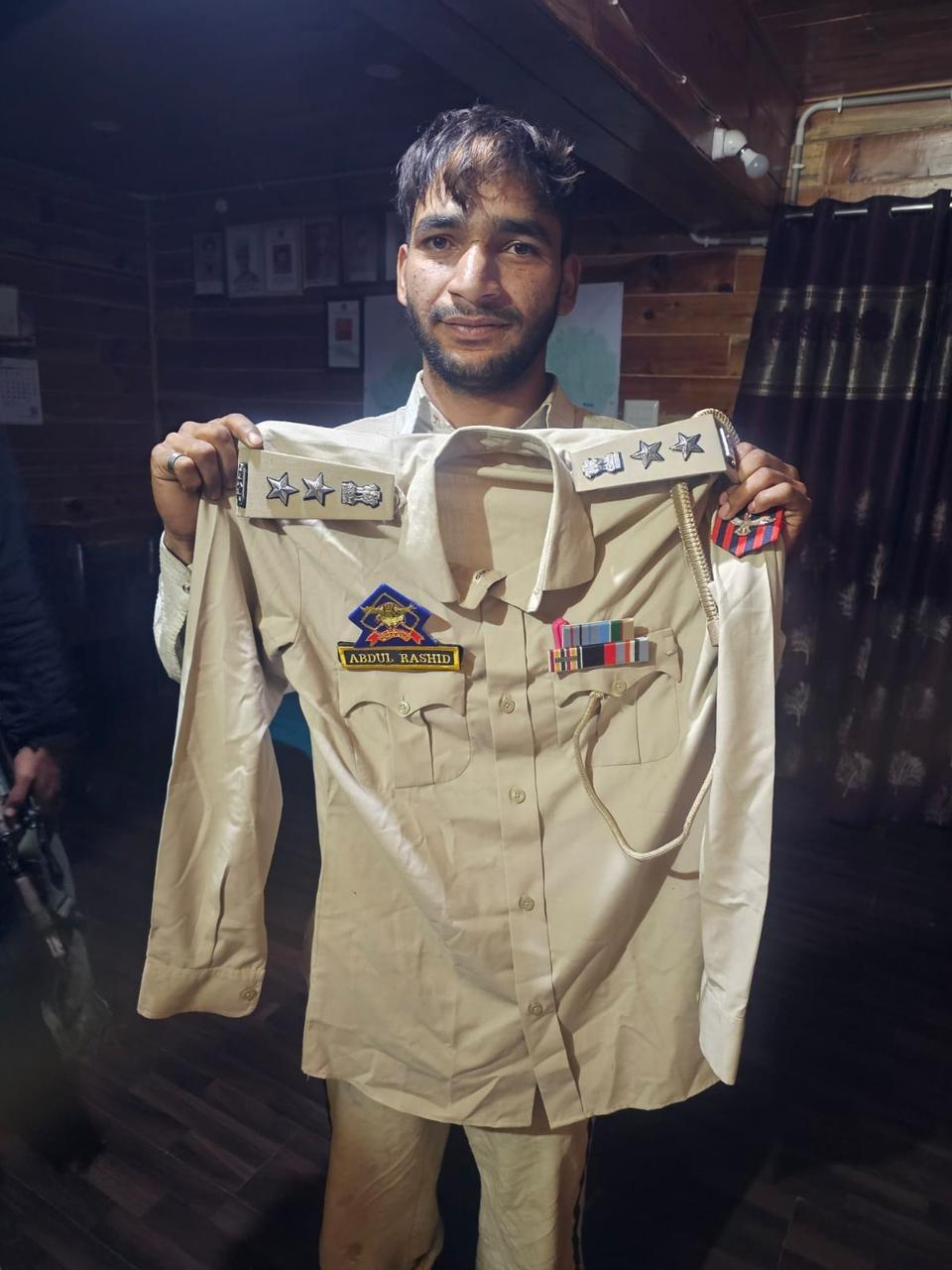
By M S Nazki
I told one of my team-mates yesterday that I’m gonna get the Man of the Match [award] today and that’s what I set my mind to. And no matter what condition I’m in, I’m gonna go out there and give it my all for my team and I’m really happy that I did that today!………..(Someone said it and I read it because the story is as such)……..MD!
-I have the best in the world in my team. Why not pick their brains, rub shoulders with them and try to become a better player? |(But are all of us the best………I have doubts…………)MD)
-Today I will straight come to history:
-Fashion Archives: A Look at the History of the Weaving Loom. There was no single “first weaver”; the art of weaving emerged independently in various cultures across the world, beginning in the Paleolithic era around 27,000 years ago, with humans initially using their fingers and primitive looms to interlace grasses, stems, and fibers.
- Early evidence of weaving comes from sites in Europe, such as Dolní Věstonice, and Peru, and later developments in Egypt, India, and China further advanced the craft.
-Evidence and Origins:
Paleolithic Era: The earliest indications of human weaving come from the Paleolithic period, roughly 27,000 years ago, with textile impressions found at the Dolní Věstonice site in Europe.
Fingers as Looms: Initially, human fingers served as the first looms, with simple fibers being twisted and stretched to create cords and rudimentary woven materials.
Neolithic Developments: During the Neolithic era, humans developed horizontal ground looms by using sticks and poles to create more complex textiles.
Geographic Spread: Weaving developed simultaneously among many cultures, with early evidence appearing in the Americas around 10,000 BCE, as well as in Europe and Asia.
Key Developments in Weaving: Fibers and Looms: Weavers used various plant fibers like flax and hemp. By the Neolithic period, simple horizontal ground looms were in use.
-Ancient Egypt: Dating back to 5,000 BCE, the Fayum in Egypt has yielded early examples of linen weavings, while wall paintings from the era depict weavers and looms.
-Ancient India: The Indus Valley Civilization shows evidence of handloom weaving techniques around 5,000 BCE.
-China: The invention of the treadle and frame loom in China allowed for significantly increased production and speed.
Modern day weavers use mechanized looms: a significant departure from ancient handlooms, driven by the Industrial Revolution and inventions like the Jacquard loom in 1804, leading to high-volume, high-quality production for industries like apparel and furnishings.
-While this advancement created new opportunities, the handloom sector, particularly in India, faces challenges from cheaper, power-loomed fabrics and declining wages, though government initiatives and the growing demand for sustainable alternatives offer some support and revival.
-The Rise of Mechanical Weaving: Pre-Industrial Era: Weaving was an ancient practice, with early forms used for basic necessities like clothing and baskets.
-Industrial Revolution: The development of the steam-powered upright loom in 1837 and the invention of the Jacquard loom in 1804 revolutionized weaving, enabling intricate, automated patterns and high-speed production.
-Modern Machinery: These innovations led to the creation of modern weaving factories and automated looms, significantly increasing production quantity and quality.
-Toronglobi is a village in Manipur, India, where the Yarn Bank was established in October 2024 as a women-oriented rural development initiative.
-Location: Toronglobi village is located in Manipur, India.
-Project: The “Yarn Bank at Toronglobi” is a women-centric rural development project focusing on skill-based weaving activities.
-Establishment: The project was formally inaugurated in October 2024 by Lieutenant General Abhijit S. Pendharkar, the General Officer Commanding of the Spear Corps.
-Partnerships: It was launched under Operation Sadhbhavna by the Indian Army in collaboration with the Aseem Foundation, Pune.
-Investment: The initiative began with an initial investment of ₹5 lakhs.
-Objective: The project aims to empower local women and provide them with a sustainable livelihood by crafting high-quality handloom products using traditional designs and indigenous yarn.
Role of Aseem Foundation: Aseem Foundation was established with a universal theme cutting across economic, social, religious or ideological differences to change the society. It resolves to bridge minds who want to change things for better through its work in the fields of Education, Entrepreneurship and Development.
-Volunteers of Aseem have been active since 2002 in the Kashmir region.
-The NGO was registered in the year 2010, and has been growing ever since.
-Motivation: Their work is an outcome of a heartfelt and emotional experience turned into a logical mission to achieve trust through interaction and development.
-This work is a small and simple step to extend this interaction beyond the superficial discussions. The human connection, the link and the bond in a personal relation, can go beyond regional, political, religious, linguistic or any other barriers. We intend to establish this communication between the people of such disturbed regions near India’s borders (including the north-eastern states) and the people living in the rest of India.
-Trust cannot be achieved through fleeting interaction but needs sustainable and enduring efforts. A sustainable interaction intended for development can go leaps and bounds to achieve confidence amongst people.
-Aseem has based its work on the triad of communication-trust-development.
-Our work is primarily concentrated into three areas:
-Education: Providing different opportunities of Education to the people in border areas of India.
-Social Entrepreneurship: Creating different avenues of Enterprise by utilizing local resources in the border regions areas of India
-Research & Awareness: Systematic research about the problems faced by citizens in border areas, and Creating awareness in the rest of India.
-Aseem Foundation plays a critical role as a technical, financial, and market linkage partner. The Foundation has provided extensive support in terms of capacity building, training in quality standards, and connecting artisans with national buyers. It also facilitates regular workshops, branding assistance, and digital promotion of the products.
-Their long-term goal is to mentor the Yarn Bank into becoming a self-sustaining rural enterprise, fully managed by the local women through a cooperative or self-help group model. Aseem’s support ensures that the weavers not only earn but grow in confidence, skill, and exposure.
-It is labor alone that is productive: it creates wealth and therewith lays the outward foundations for the inward flowering of man. You can’t build a great building on a weak foundation. You must have a solid foundation if you’re going to have a strong superstructure. It is labor alone that is productive: it creates wealth and therewith lays the outward foundations for the inward flowering of man…………MD!
With an initial investment of ₹5 lakhs, the project was formally inaugurated by Lt Gen Abhijit S Pendharkar, General Officer Commanding,Spear Corps. The initiative focuses on empowering local women through skill-based weaving activities using indigenous yarn and traditional designs. Today, over 15 women are actively involved in crafting high-quality handloom products that are both culturally rich and commercially viable. The project is seen as a unique confluence of tradition and livelihood.
-Financial Aspects: The Yarn Bank began with ₹5 lakh in seed funding, covering 50,000/- for infrastructure, 3,30,000/-yarn procurement and weaving machine, 30,000/- for initial honorariums of 10x Ladies for 6 months on 500/- per month, and 15000/- training costs. All finances are maintained through a joint bank account managed by local representatives and the Aseem Foundation, with transparent payment systems. Weavers are paid on a piece-rate basis after submission and quality approval of finished products. A portion of the revenue from product sales is reserved for future yarn procurement and to create a sustainability fund. Additional revenue is generated through exhibitions, CSR tie-ups, and online marketing channels.
-About the Products: The weavers produce a wide range of traditional Manipuri textiles including Lingyaan (shawl), Inna Phee (stole), Phenek (sarong), and handmade National Flags, each symbolizing local identity and craftsmanship. All products are made using locally sourced yarn and are quality-checked before branding and dispatch. These handcrafted items have gained wide recognition and were recently gifted to the Union Home Minister for State Shri Nitayanand Rai and the Hon’ble Governor of Manipur,Shri Ajay Kumar Bhalla a reflection of their cultural and aesthetic value.
-Way Ahead: The long-term vision is to transform the Yarn Bank into a registered rural cooperative fully operated by local women with minimal external dependency. Steps are being taken to institutionalize governance through elected boards, digital inventory, e-commerce enablement, and dedicated training. Exposure visits, artisan exchange programs, and product diversification are being planned in collaboration with Aseem Foundation and other development partners. The goal is to establish Toronglobi as a model rural entrepreneurship hub in Manipur, blending traditional weaving with modern enterprise practices.
It is unclear who the single founder of “North East Yarn products” is, as several different individuals and organizations are responsible for various yarn production and promotion efforts in India’s Northeast. A prominent figure in this industry is fashion designer Anannya Sharma, who started her own brand, Yarn Glory, in 2004.
However, the term may also refer to the work of other individuals and groups, including: J Roy, Managing Director of Rudrasagar Silk Limited, who pioneered commercial-scale Eri silk spun yarn spinning in Assam.
The North Eastern Handicrafts and Handlooms Development Corporation (NEHHDC), a government enterprise that has established Eri silk spinning plants and supports the region’s weavers. Designer Daniel Syiem, who has worked with Eri silk and promotes Meghalayan textiles.
The Assam State Rural Livelihood Mission (ASRLM), which works with self-help groups to produce various handloom products under the “ASOMI” brand.
Weaving in the Northeast was not started by one person but is a deep-rooted craft that evolved over centuries, with early traditions documented in the 10th century in Assam, where the Ahom dynasty is said to have formalized the practice by introducing Tanti weavers to Sualkuchi. Across the region, indigenous communities like the Adi, Mishmi, and Dimasa also developed their own unique weaving traditions, which were passed down through generations and became integral to their culture and livelihood.
-Early Foundations and Royal Patronage: Assam: Weaving in Assam dates back to at least the 10th century, as mentioned in the Kalikapurana. The Ahom dynasty played a significant role in promoting weaving, with King Rudra Pratap Singha in the 17th century establishing weavers in Sualkuchi, which became a major center for silk weaving.
-Indigenous Traditions: Arunachal Pradesh: The Adi and Mishmi tribes have a long tradition of weaving, using local materials like bamboo, cotton, and wool to create intricate textiles with bold designs.
-Meghalaya: The practice of weaving with Eri silk is an important part of the region’s cultural heritage.
-Mizoram: Weaving has been an age-old practice for the Mizo people.
-Manipur: Weaving is a cherished art form in Manipur, with specific textiles and designs reflecting social status and achievements.
-Nagaland: Naga weaving has been passed down through generations, with intricate patterns and designs still a vital part of the communities’ cultural identity.
Dimasa Community (Assam): The Dimasa people have their own weaving traditions, with looms being a common feature in almost every household.
-A Widespread Cultural Practice: Weaving is often seen as a symbol of love and affection in many Northeast Indian households. It is a predominant female craft in many communities, with girls often learning the art from their mothers.
The traditions continue to be preserved by modern artisans and weaving communities, ensuring the continuity of this significant cultural heritage.
-Weaving in Manipur was not started by a single person but is a tradition that evolved from observing nature, particularly spider webs, and from folklore about deities like Panthoibee or the goddess Chitnu Tamitnu who discovered cotton.
This ancient craft has been a cornerstone of Manipuri culture for centuries, with royal patronage from figures like King Loiyumba aiding its development, especially for the famous Moirang Phee.
-Myths and Folklore: Panthoibee and the spider: One widely believed story attributes the start of weaving to the goddess Panthoibee, who was inspired by a spider’s intricate web, leading her to develop the concept of weaving.
-Chitnu Tamitnu and cotton: Another legend states that the goddess Chitnu Tamitnu discovered cotton and produced yarn, arranging the necessary tools and constructing the ‘Sinnaishang’ (work shed) to begin weaving.
-Historical and Royal Influence: Ancient origins: The handloom industry in Manipur has been flourishing “since time immemorial”.
-Royal patronage: Several kings played a significant role in supporting and developing the craft.
-King Kangba (1405-1359 BC): He used silk cloths, indicating an early engagement with the craft.
-King Loiyumba (11-12th century): He is credited with commissioning the weaving of Moirang Phee, a special fabric, as a gift from the people of Moirang to the royal family.
-Evolution and Innovation: -Natural discovery: According to one belief, weaving was developed through human ingenuity by observing nature, specifically the way spiders weave their webs.
-Introduction of the fly shuttle loom: In 1921, the introduction of the fly shuttle loom by Hairen Keifa Singh brought technological advancement to the craft.
-Significance Today: Women’s craft: Weaving remains a largely domestic activity undertaken by Meitei women.
-Cultural heritage: The intricate designs and patterns are central to Manipuri cultural heritage, passed down through generations.
The North East yarn industry is primarily centered on specialized handloom weaving and unique silk production, particularly Muga, Eri, and Paat silk. With over half the nation’s weavers and looms, it holds a significant share in handloom fabrics like shawls and mekhela chaddors but is more focused on traditional crafts than large-scale industrial yarn manufacturing. The region has seen recent investments in modern spinning facilities to boost its silk yarn production, enhancing its capacity beyond raw materials to finished products.
-Growing Export Market: The North East’s silk textiles have a global demand, with the United States, UAE, UK, and Italy being significant markets for exported silk products.
-Specialized Market: The primary focus is on high-value silk and traditional handloom products, which are in demand internationally and domestically.
-Challenges & Future: Shift from Raw Material to Value-Added Products: While abundant in raw materials and skilled weavers, the region aims to increase the value-added textile products and finished goods. Government Support: Initiatives by organizations like North Eastern Handicrafts and Handlooms Development Corporation (NEHHDC) are helping to modernize the industry and provide skilled human capital.
-Choosing a career path. For instance, deciding to pursue a passion with lower pay over a high-paying, stable job.
It is close up time! So with a heavy heart I will close this story also as tomorrow would be arriving (if it comes) The harder you fall, the heavier your heart; the heavier your heart, the stronger you climb; the stronger you climb, the higher your pedestal. Every mountain top is within reach if you just keep climbing…….MD!







